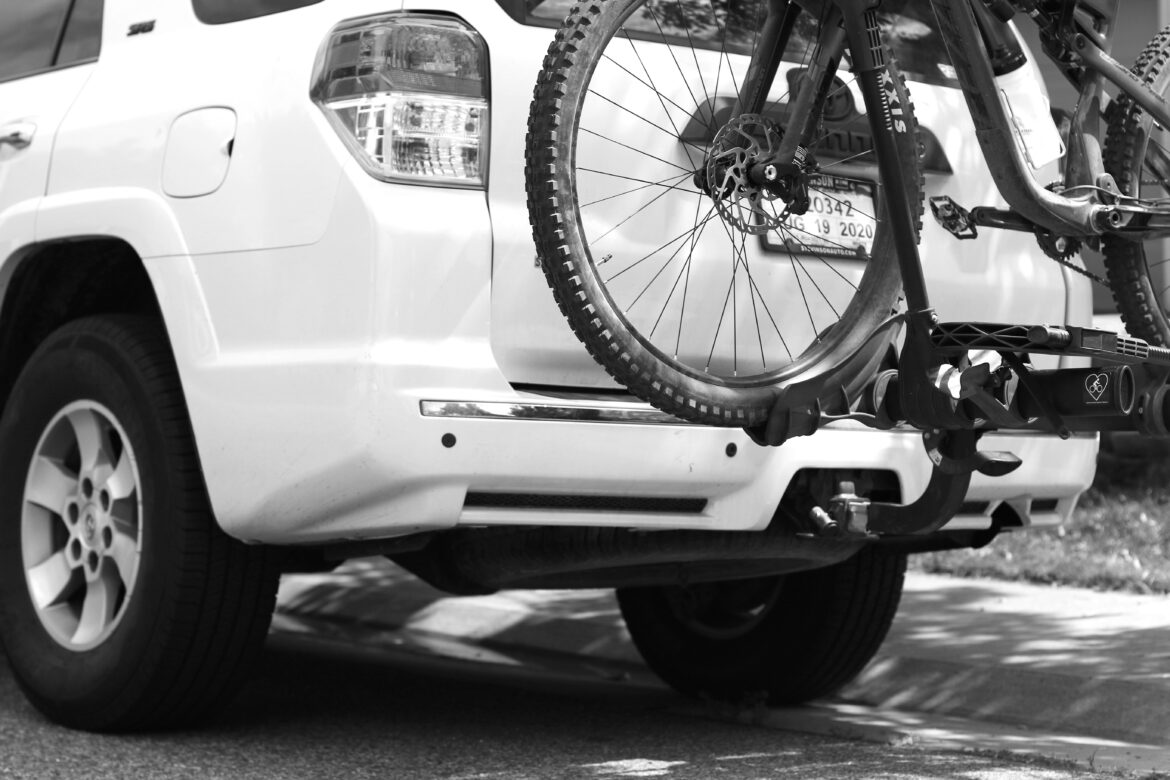
As lockdowns and restrictions have come and gone and come again, one thing is certain; people are traveling less this year for obvious reasons. At this point in the pandemic, everyone is settling into their own comfort zone in terms of traveling to other cities and states to ride, or riding with other people. Some are going further afield than others, but for the most part, everyone is staying closer to home.
It’s a great time to get in deeper touch with your home state’s trails, and to check off those bucket list rides that have been pushed aside over time. It’s more economically sound, which is good since many have been financially impacted by the pandemic, but still allows for an adventure and exploration, and you can support economies in your state while mitigating the potential spread of the coronavirus.
One adventurer, Greg Hill, who is a ski guide for the company 57Hours and a summertime mountain biker, put himself on a distance diet this summer of 300-miles, or about how far a tank of gas in your car will take you.
Hill became an assistant ski guide in 2005 and a full ski guide in 2012, certified by the Association of Canadian Mountain Guides. He guides for 57Hours, a site and app that connects mountain bikers and other adventurers to guides in areas they might be visiting. Hitting Crested Butte or Squamish, and want to make the most out of a visit? Find a guide through the 57Hours app who will make sure you get on the right route.
We asked Hill about how he was implementing his adventure diet this summer, and how he’s still getting into the mountains as an emissions-free explorer.
What is an emissions-free explorer and how do you make it work?
I am exploring the concept of sustainable adventure, finding all the different ways that we can lower our carbon footprints while continuing to adventure. Emissions-free basically means that all my trailheads for adventures have been accessed with an electric car, which is typically charged with hydroelectricity. Nothing is perfect, nor am I, but 99% of my adventures since 2017 have been electrically charged.
It is impossible to be completely emission-free, because of all the clothing and equipment we use, but we still have lots of choices that we can make to be more sustainable.
How has coronavirus altered your travel plans for the summer?
I have been working on a few projects that I was planning on starting this summer, but since I cannot travel they have been kiboshed! Instead I am focusing on local adventures, and looking deeper into my backyard.
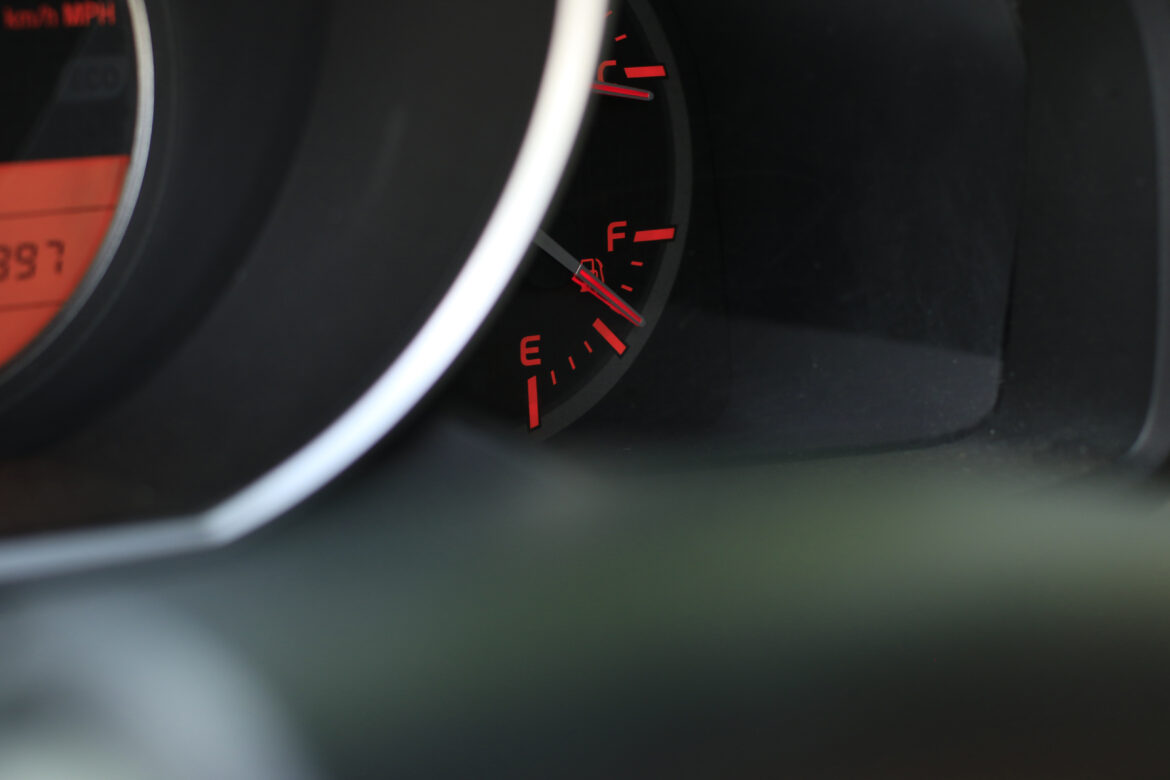
What does the 300-mile Adventure Diet mean, and why is it a good idea right now?
The 300-mile Adventure Diet is a challenge to stick to a 300-mile radius for any adventures (the approximate distance that one full tank of gas will take you). By driving within this radius, there will be minimal contact with others: one gas station visit (or in my case, a car charge), a stay at one hotel, bed and breakfast, or even better, tenting in a campground.
The idea is to use one campground or hotel as the adventure base and to explore from there. It’s smart to plan ahead, and I plan to bring all of my food with me so that I am not shopping and wandering around too much. If we all stay in our communities and surrounding areas, we can minimize our touchpoints and help prevent the spread of the virus. Another advantage by staying close to home is investing our money in our local communities.
How long do you plan to stick with this travel radius?
This is an idea I am exploring. I luckily live in a great area that has lots to do within a 300 mile radius so I hopefully can keep this up for a while!
How can those that have to travel to destinations, or those who don’t have great access to more adventurous terrain be successful with the 300-mile limitation?
This is the true challenge, recognizing that adventure lies at every doorstep, and that we need to rethink our habits. My kids often dream of other places and how great they are, yet they do not romanticize our own backyard. Adventuring where you live may not involve summiting huge peaks, but I’m certain that within a 300-mile radius lies lots of unexplored places and adventures. One thing I want to make sure people realize is that keeping it local doesn’t mean losing out on adventure, it just challenges you to get creative.
How can 57Hours help folks that are still sticking close to home for the year?
57Hours is a great resource to help people discover what’s in their own backyard, and connect them with certified guides to safely try a new activity. Going on a guided adventure to try a new activity can easily be done with social distancing. Try your hand at mountain biking, climbing, hiking, surfing, or even kiteboarding.
Doing one of these outdoor activities with a guide is definitely the way to go, because they know all of the best “secret” routes that aren’t as trafficked as the well known adventure spots in an area to keep you away from the crowds. 57Hours makes it easy to adventure locally because you can plug in your location to see all of the activities available nearby, and they’ll connect you with a guide who will have everything ready to go and sanitized, and take you to less populated areas.

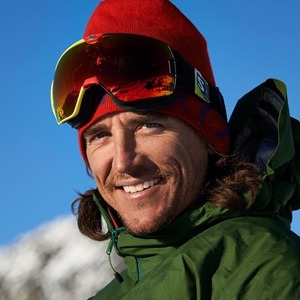
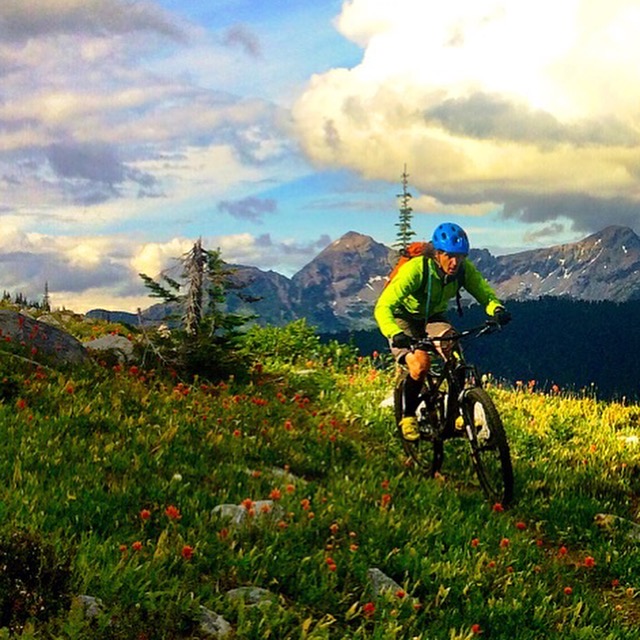

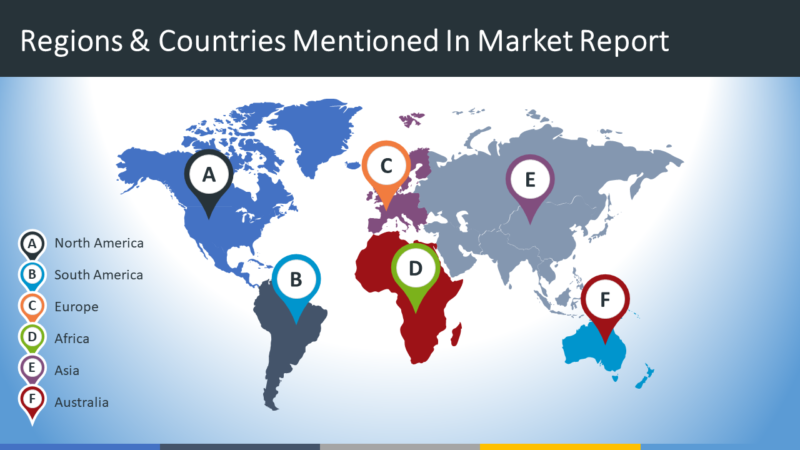

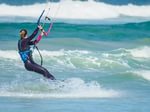
Recent Comments